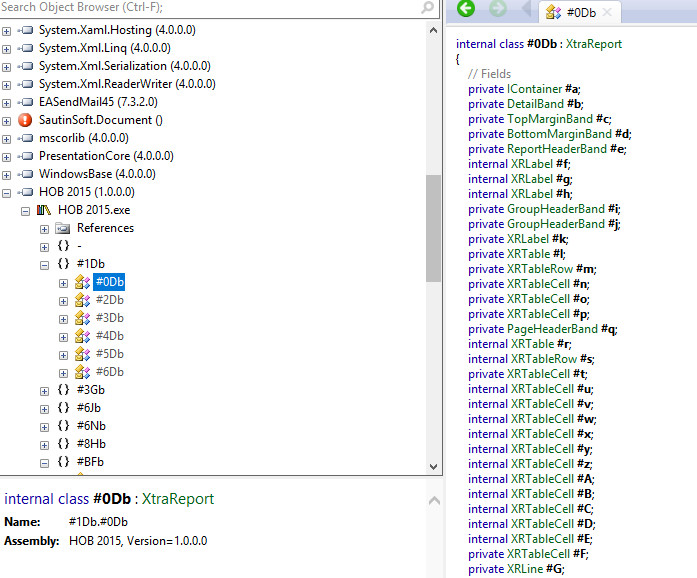

- #MMASS SOURCE CODE SOFTWARE LICENSE#
- #MMASS SOURCE CODE SOFTWARE#
- #MMASS SOURCE CODE CODE#
- #MMASS SOURCE CODE LICENSE#
In 1984, Richard Stallman created a free Unix clone named GNU (GNU’s Not Unix). These two versions eventually merged to create the unified seventh edition of Unix and then further evolved into such programs as: Sun Solaris, FreeBSD, NetBSD, and OpenBSD. Simultaneously, AT&T evolved their version of Unix into System V.
#MMASS SOURCE CODE SOFTWARE#
The University of California at Berkley started the development of its own Unix and soon developed an academic version called the Berkley Software Distribution (BSD license).
#MMASS SOURCE CODE CODE#
This code soon caught the attention of the academic community due to the nature of the new language. For the next ten years, the development of Unix had multiple versions including V6, which became the first available outside of Bell Labs. Unix development started in 1969 at AT&T® Bell Labs as a proprietary but licensable product.
#MMASS SOURCE CODE LICENSE#
#MMASS SOURCE CODE SOFTWARE LICENSE#
Apache®: The Apache License 2.0 is a free software license that allows users to use, modify, and distribute the software for any purpose.GNU General Public© (GPL): The GNU is a series of free software licenses that guarantee end users the ability to run, study, share, and modify software.MIT License©: MIT License is a free software license that allows users to modify the original code with very few restrictions.Some of the most popular open source software licenses include: There are a wide variety of free software licenses that can be used, modified, and sold commercially including: GPL, LGPL, and BSD licenses. Within FOSS, there is Free Software Foundation (FSF) to protect user freedoms and Open Source Initiative (OSI) to ensure the technical values of reliable software. In additional to open and closed source, FOSS (Free/Open Source Software) allows users access to software from a more philosophical perspective. Closed software imposes restrictions on what the end user can do with the application, preventing users from modifying, sharing, copying, or republishing the source code. The software is encrypted, so only the original authors who created the code exclusively have rights to legally copy, modify, update, and edit the source code.

Open source software operates with the underlying principles of peer production and mass collaboration, creating more sustainable software development for end users.Ĭlosed source software (CSS) is proprietary software that is not distributed to the public.

This scalable and flexible software ensures that anyone with the source code can modify, enhance, and redistribute it for better reusability and accessibility. Developers share insights, ideas, and code to create more innovative software solutions both collectively and individually. Open source software is collaborative, relying on community production and peer review to use, change, and share source code with each other. This movement created a way for a global community to collaborate, share, and assist both individual and group goals through source code. The exchange of ideas and software developed by communities has driven creative, scientific, and technological advancement in such industries as: education, government, law, health, and manufacturing. This philosophy is based on intellectual freedom and core principles: transparency, collaboration, delivery, inclusion, and community.

The open source way is a form of thinking and collaborating within the open source community.


 0 kommentar(er)
0 kommentar(er)
